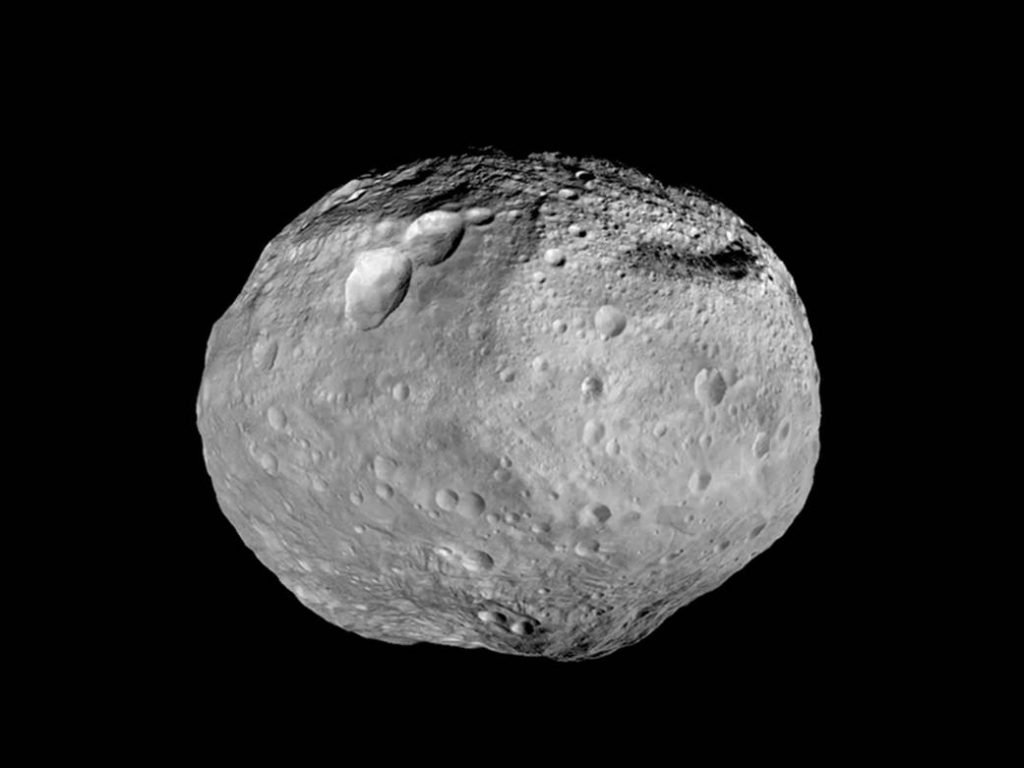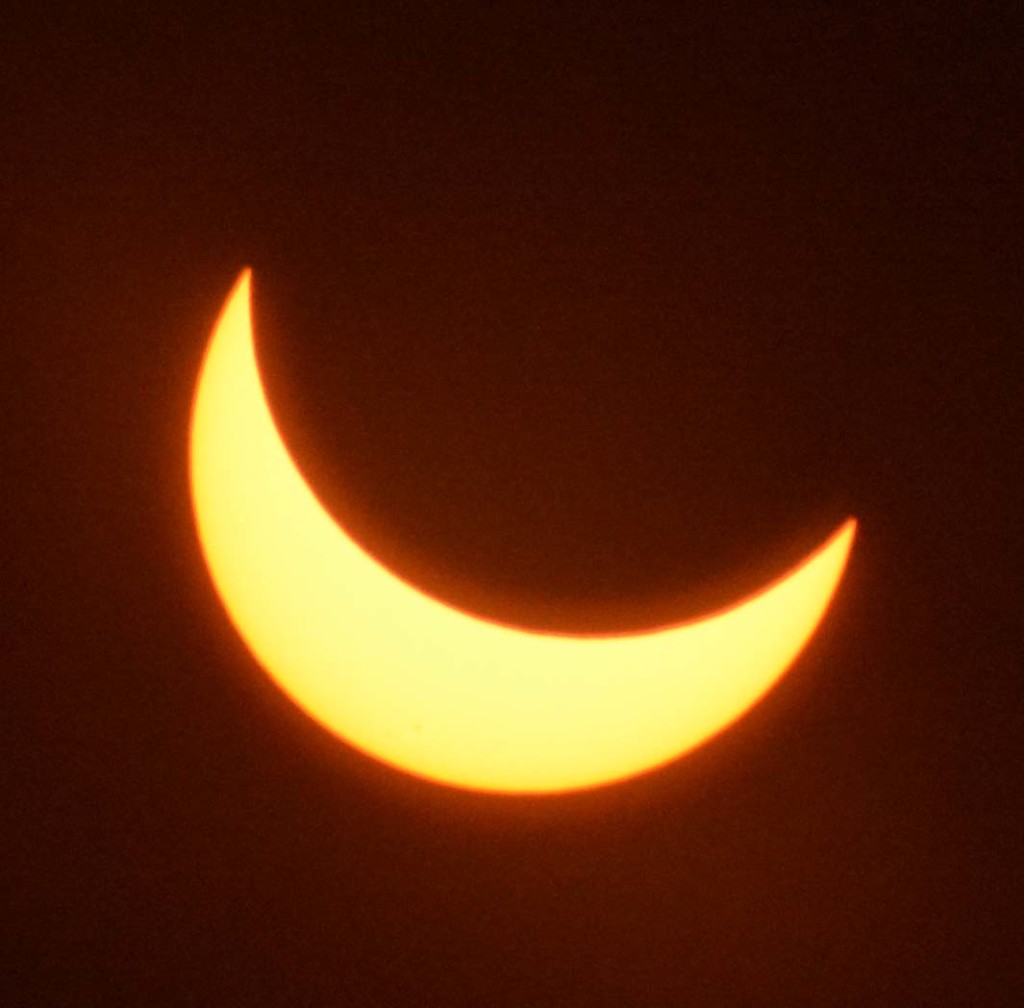By Erich Karkoschka

Venus is slowly increasing its visibility at dusk, starting to get visible at 20 degrees altitude. At the summer solstice it passes by Pollux at 5 degrees distance.

Mars is also visible in the evening but setting much later than Venus. The distance between both planets decreases from 25 to 8 degrees during June. On July 12, Venus will pass Mars quite closely.

Jupiter and Saturn rise just before midnight and are transiting during dawn almost 45 degrees high. They remain separated by 20 degrees.


At the end of June, Mercury starts its morning apparition.

Vesta is still an easy binocular object in Leo during the early evening.


